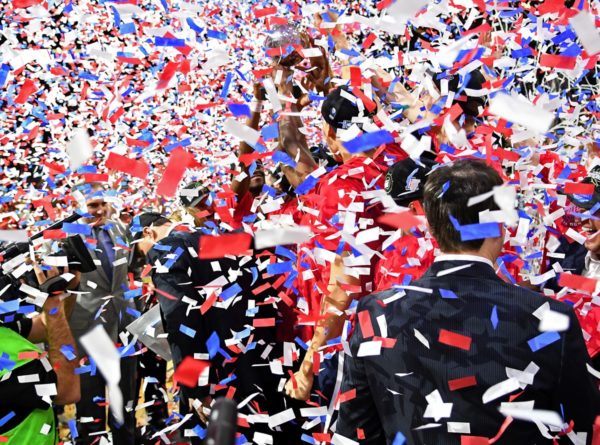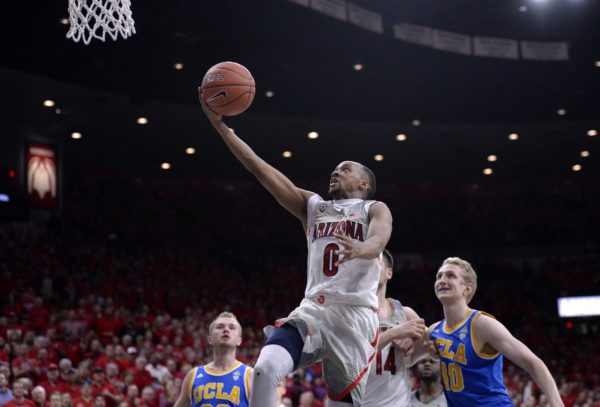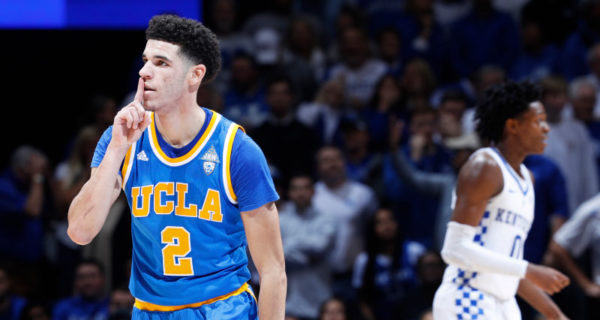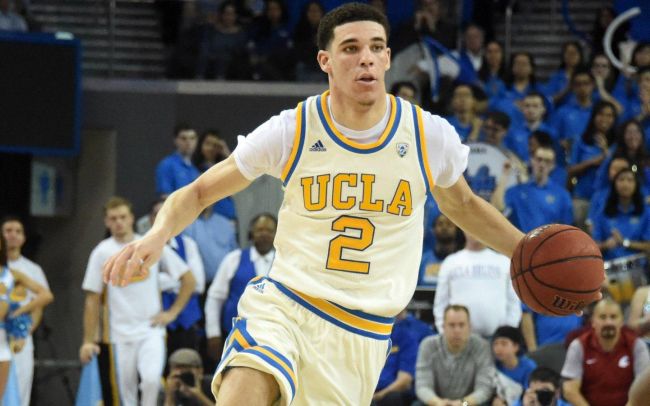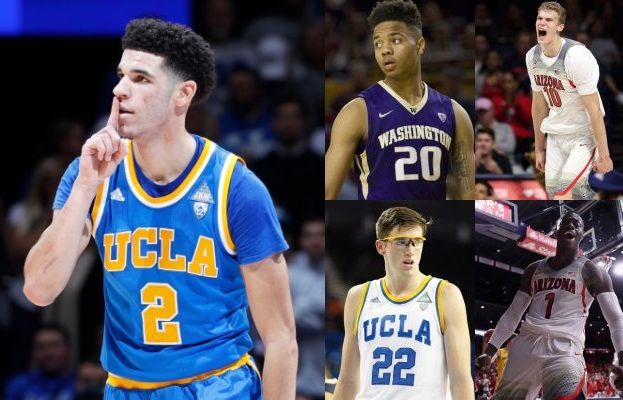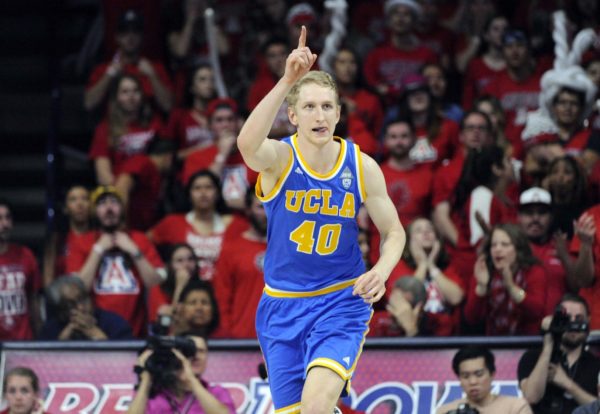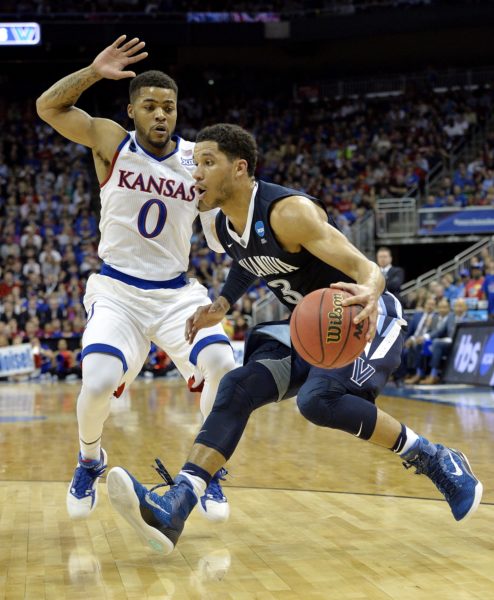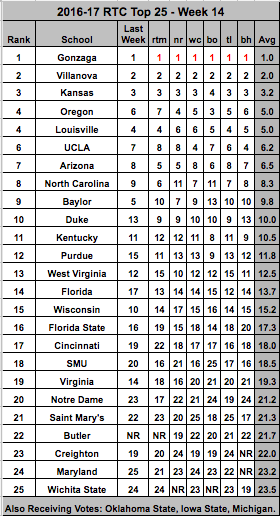Rushed Reactions: Arizona 83, Oregon 80
Posted by RJ Abeytia on March 12th, 2017Arizona left no doubt that it is the most complete Pac-12 team this season. The Wildcats beat UCLA and Oregon on back-to-back nights, and they did it with star big man Lauri Markannen taking only four shots and scoring only 11 points. Oregon may have the most experience and UCLA may have the biggest upside, but Arizona can win at multiple paces and in multiple ways.
Three Key Takeaways.
- The game has changed. Arizona came into tonight’s game with a firm commitment to drive Oregon off the three-point line, even if that meant giving up layups as a result. The Ducks were credited with 30 layup attempts, converting only half of them. However, Oregon — a team that gets nearly 40 percent of its points from the three-point line — only notched 19 percent of their points from distance tonight. Oregon adjusted in the second half by driving to the bucket relentlessly and getting fouls. Foul trouble was the monkey wrench that hurt Arizona in the second half, but Sean Miller confirmed that taking away the three was the priority. It’s counterintuitive relative to the long-established philosophy of defending from the inside out, and it reflects just how much the style of the game and the three-point line have revolutionized not just the way teams attack but also the way they defend.
- Track Dillon Brooks’ usage in the NCAA Tournament. Dana Altman and Tyler Dorsey were not excited last night about the stagnation that resulted largely because of Brooks’ ball dominance. Tonight Brooks scored 17 of Oregon’s 29 points in the first half and took 12 of their 29 shots. Oregon’s offensive efficiency that half was 85.3. In the second half, foul trouble opened the door for Tyler Dorsey, who took over the lead role and logged a very efficient 21 points on only 10 shots. Oregon’s offensive efficiency in the second half was 141.7. The Ducks are at their most dangerous when they have everybody engaged (most teams are), but with a player as exceptional as Brooks it can be difficult to find that balance. There is not clear evidence of any kind of a rift between Brooks and his team, but the Ducks’ last two games illustrated that making Oregon one-dimensional is a big step towards beating them, even if that one dimension is a player as good as Brooks.
- Chris Boucher was missed. Altman admitted that it was tough to account for the absence of the Ducks’ senior shot-blocker and three-point threat extraordinaire. Make no mistake: Boucher was missed on both ends of the court tonight. His reputation is built on rim protection but his ability to stretch defenses and create mismatches is something Altman must resolve by the time Oregon starts NCAA Tournament play.





























